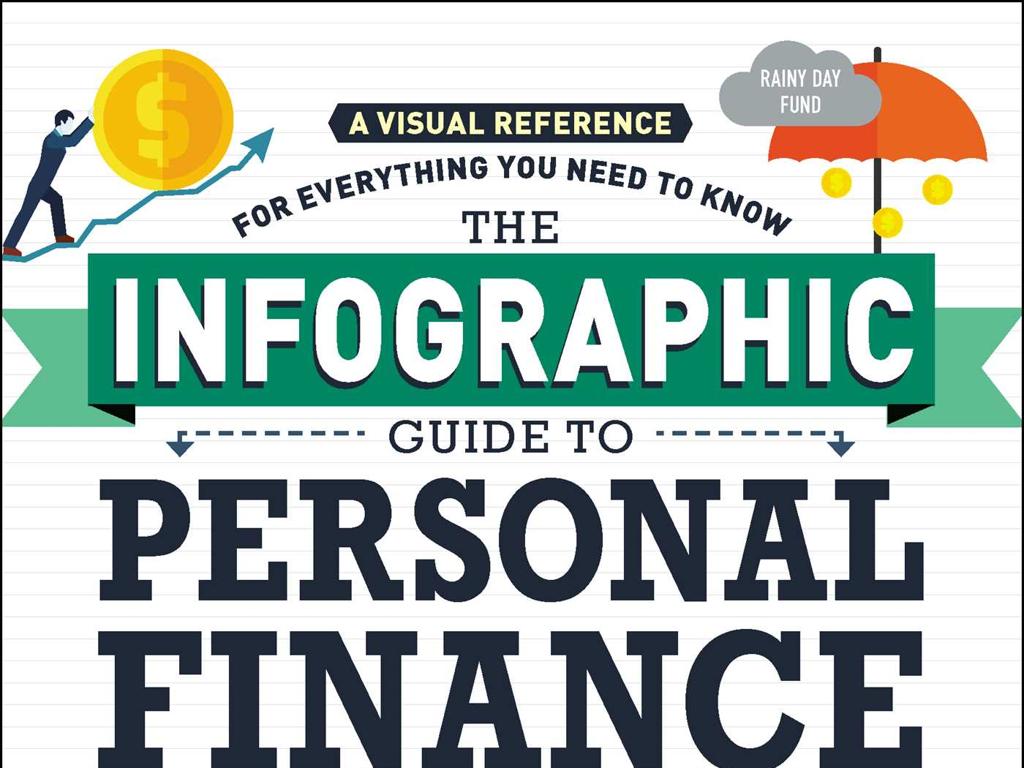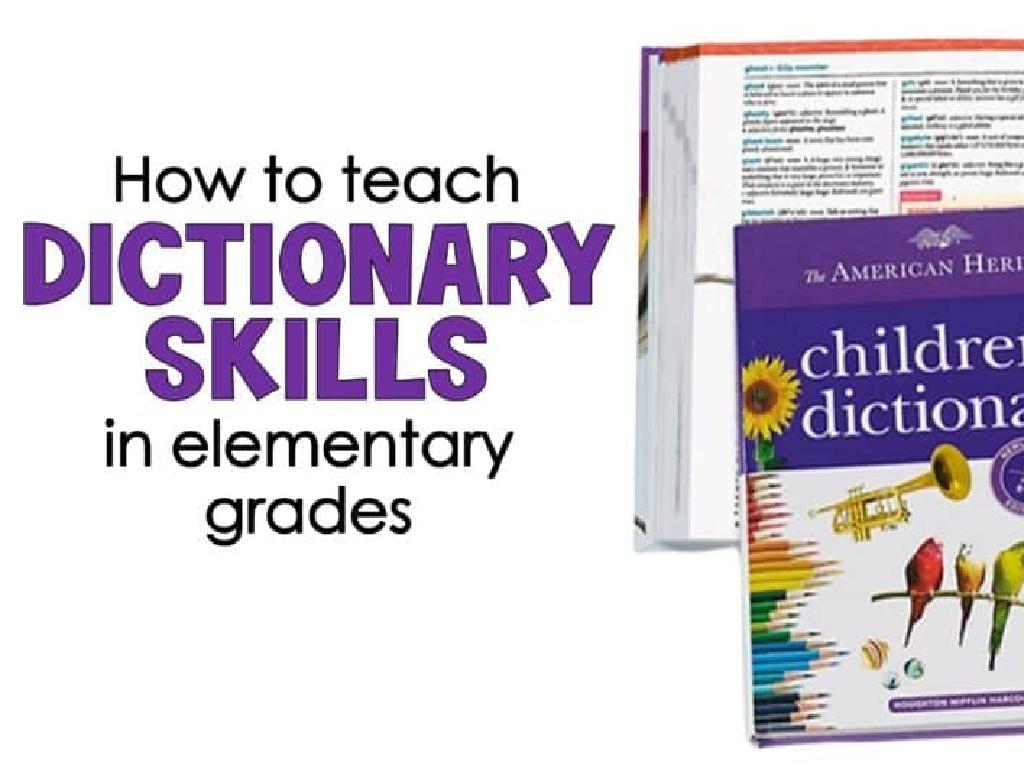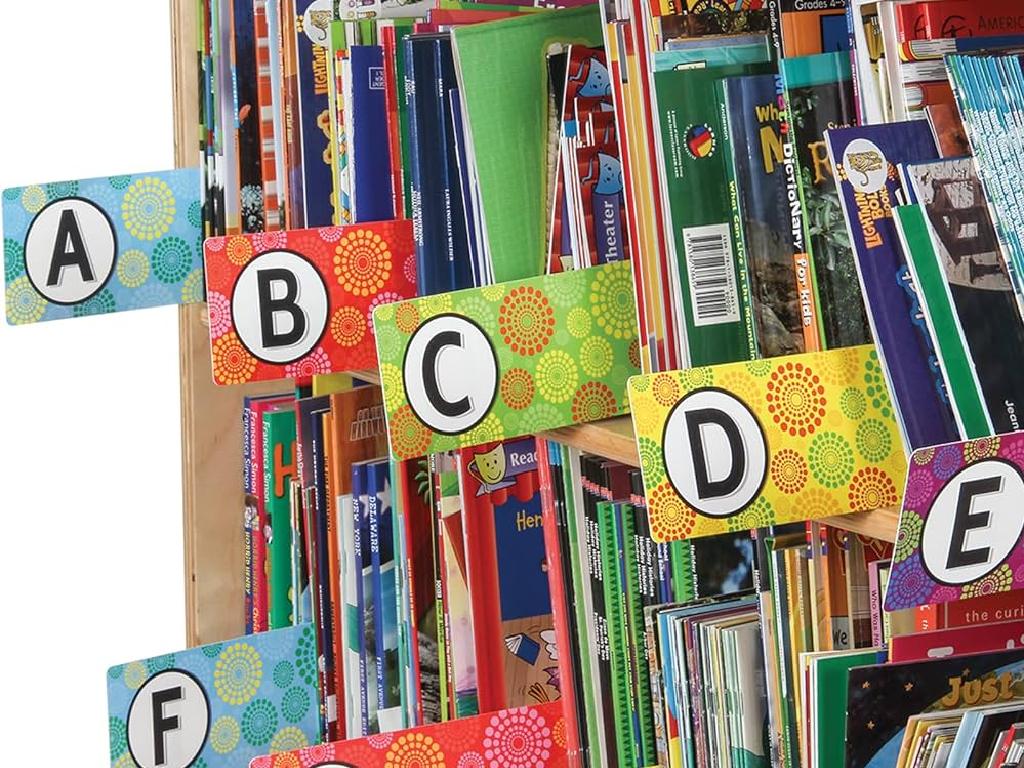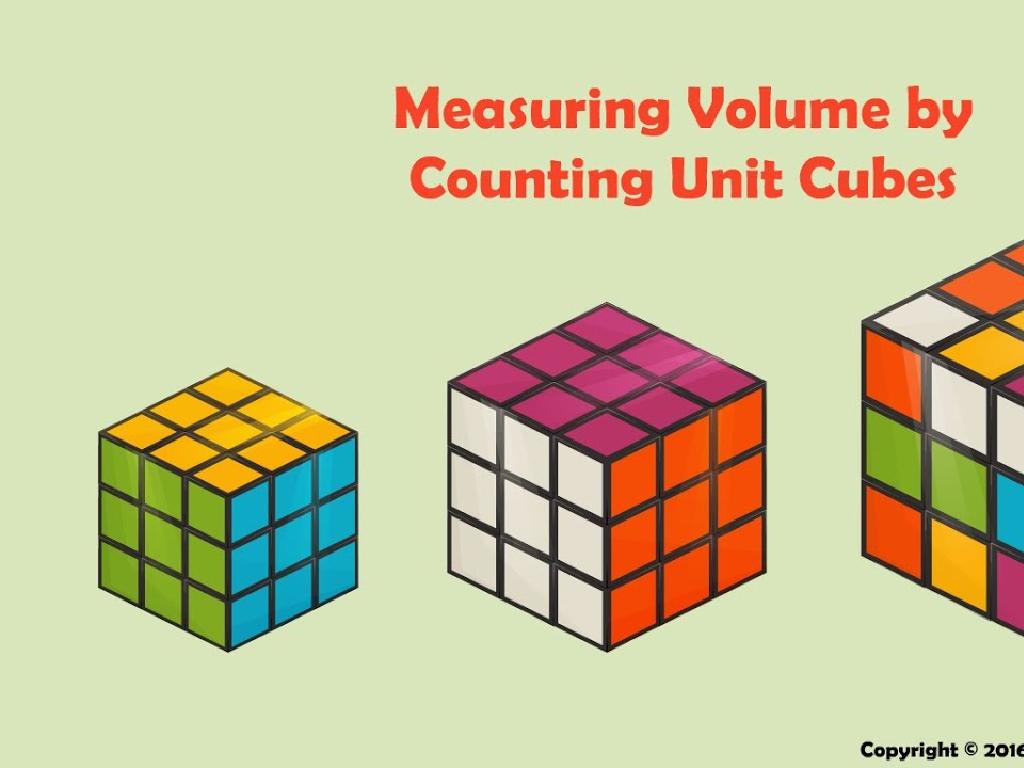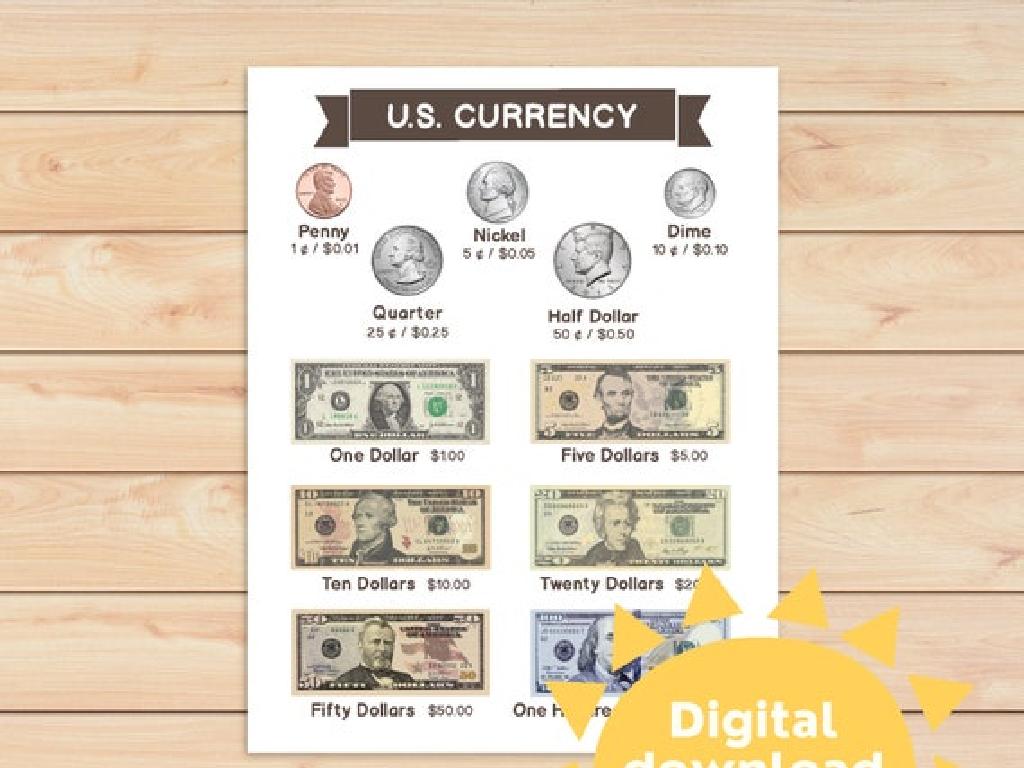Count Corners
Subject: Math
Grade: Kindergarten
Topic: Two-Dimensional Shape Attributes
Summary: Join us in exploring two-dimensional shapes and their corners! This Kindergarten math lesson focuses on identifying and counting corners of shapes like squares, triangles, and circles through interactive activities, classroom hunts, and matching games. Students will learn that shapes such as squares and triangles have specific numbers of corners, while circles do not. Through hands-on practice and real-world examples, children develop foundational geometry skills in a fun and engaging way.
Please LOG IN to download the presentation. Access is available to registered users only.
View More Content
Welcome to Shape Exploration!
– Learning about shapes and corners
– Name shapes in the classroom
– Look around! Do you see a circle, square, or triangle?
– Shapes have various features
– Counting corners on shapes
– Let’s count the corners together on different shapes!
|
This slide introduces the concept of shapes and their corners to Kindergarten students. Begin by explaining that shapes are all around us and that they have different features, such as sides and corners. Encourage the children to look around the classroom and name the shapes they see, such as the clock (circle), window (rectangle), or door (rectangle). Use physical objects in the classroom to make the learning interactive. After identifying the shapes, focus on the corners, explaining that corners are where two sides meet. Have the children practice by counting the corners of various shapes in the classroom. This activity will help them recognize shapes and understand the basic concept of corners as a shape attribute.
Let’s Learn About Corners!
– Corners: Where two sides meet
– Count corners on shapes
– We’ll look at squares, triangles, and more
– Corners are pointy or rounded
– Like a square’s corners vs. a circle’s curve
– Practice with different shapes
|
This slide introduces the concept of corners to Kindergarten students, emphasizing that corners are the points where two sides of a shape meet. Use simple language and real-world examples, such as the corners of a book or a box, to illustrate the concept. During the lesson, show various shapes and engage the students in counting the corners together, noting the difference between pointy corners like those on a square and rounded ‘corners’ like those on a circle. Encourage hands-on practice with physical shapes for better understanding. The goal is to help students recognize and count corners on two-dimensional shapes, which is a fundamental skill in understanding geometry at their level.
Counting Corners on Squares
– A square has four sides
– Counting square corners: 1, 2, 3, 4!
– Each corner is where two sides meet
– Classroom items with four corners?
– Look for books, papers, or boxes
– Understanding squares through corners
|
This slide is aimed at helping Kindergarten students recognize and count the corners of a square, which is a fundamental concept in understanding two-dimensional shapes. Start by showing them a square and pointing out each side. Then, count the corners together, emphasizing that there are four. Encourage the students to look around the classroom to find objects that have four corners, like a square. This activity will help them relate the abstract concept of shapes to real-world objects they interact with daily. It’s a hands-on approach that will enhance their observational skills and reinforce their understanding of shapes.
Counting Corners on Triangles
– A triangle has three sides
– Counting triangle corners: 1, 2, 3!
– Each corner is called a vertex
– Find triangles in the classroom
– Look around to spot any triangles
– Triangles are everywhere!
– Triangles can be big or small, all have 3 corners
|
This slide introduces kindergarteners to the concept of counting corners on basic shapes, starting with triangles. Emphasize that a triangle has three sides and three corners, also known as vertices. Engage the students by counting the corners together. Then, encourage them to observe their surroundings and identify any triangular shapes they can find in the classroom. This activity helps them connect the concept to real-world objects, reinforcing their understanding of shapes and numbers. Provide examples of triangles they might find, such as a slice of pizza or a yield traffic sign. The goal is to make learning interactive and fun.
Do Circles Have Corners?
– Explore the shape of a circle
– Circles are round with no corners
– Unlike squares or triangles, circles have a continuous curve.
– Search for circles in the classroom
– Let’s look around to find objects shaped like circles.
– Understanding circles through play
|
This slide is aimed at helping Kindergarten students understand the concept of corners in two-dimensional shapes by exploring circles. Begin by discussing the unique characteristics of a circle, emphasizing its roundness and lack of corners. Engage the students by encouraging them to look for circular objects within the classroom, such as a clock, a rug, or the bottom of a cup. This activity not only reinforces the concept of a circle but also helps them relate the shape to real-world objects. Encourage the students to touch and feel the round edges of the objects to solidify their understanding that a circle does not have corners.
Shapes and Corners Matching Game
– Let’s play a fun game!
– Match shapes to corner counts
– Does a square have 4 corners? How about a triangle?
– Team up with classmates
– Learn shapes and corners together
– Discovering corners helps us recognize shapes
|
This interactive game is designed to help Kindergarten students recognize and count the corners of different shapes, reinforcing their understanding of two-dimensional shape attributes. Set up various stations with different shapes and corresponding numbers. Students will work in small groups to match each shape with a card that shows the correct number of corners. For example, a triangle card would match with the number 3, a square with 4, and so on. This activity encourages teamwork and discussion among classmates as they collaborate to find the right answers. It’s a hands-on way to solidify their knowledge of shapes and their properties. Provide guidance and ensure each group gets a chance to match all shapes. Praise their efforts and correct any misconceptions gently.
Shape Corner Hunt Activity
– Let’s hunt for shapes in class
– Find objects with various corners
– Draw shapes on your paper
– Use crayons to draw shapes like squares, triangles
– Count each shape’s corners
– Practice counting corners: 1, 2, 3, 4…
|
This interactive activity is designed to help Kindergarten students recognize and count the corners of various shapes in a fun and engaging way. Encourage the children to look around the classroom and identify objects that resemble two-dimensional shapes. They should then draw these shapes on their paper, making sure to replicate the number of corners accurately. After drawing, they will count the corners of each shape out loud. This exercise will reinforce their understanding of shapes and their attributes. Possible objects could include the corners of a book (rectangle), a piece of paper (square), or a clock (circle – no corners). Teachers should circulate the room to assist students in identifying shapes and counting corners, and to ensure that each child is participating and understanding the activity.
Review and Goodbye: Counting Corners
– Recap: What are corners?
– Corners are where two sides meet.
– Shapes and their corners
– Triangle has 3, square has 4 corners.
– Most and least corners
– Circle has 0 corners, rectangle has the most with 4.
– Celebrating our shape journey
|
As we wrap up today’s lesson, let’s review what we’ve learned about corners. We discovered that corners are the points where two sides of a shape meet. We looked at different shapes like triangles, squares, and circles, and counted the corners they have. We found out that circles don’t have corners and that rectangles and squares have the most with four. Great job to all the students for exploring shapes and their corners! Encourage the children to look for shapes and count their corners in their environment at home or on the way to school.

